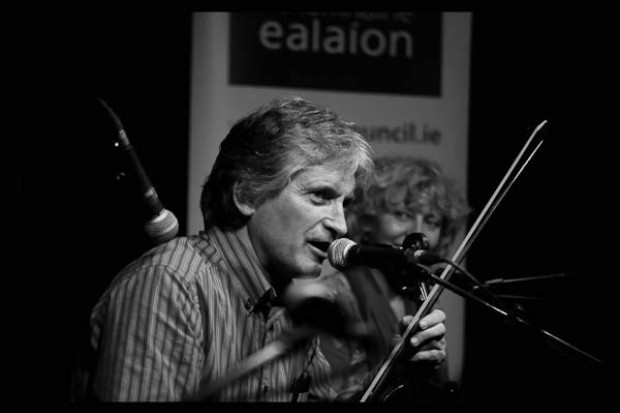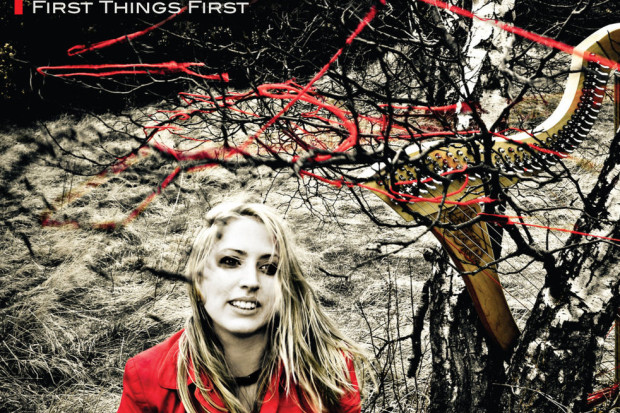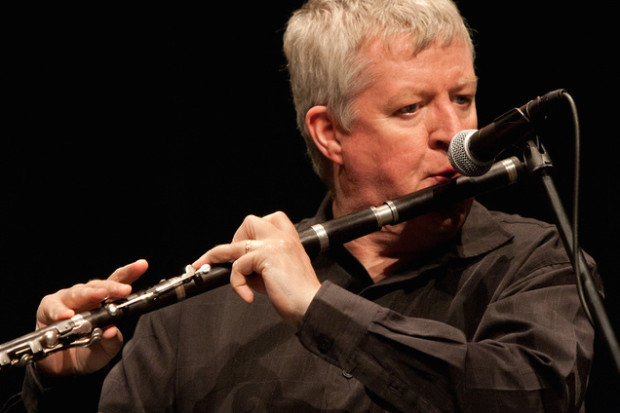Live Reviews: The Poet and the Piper
Liam O’Flynn (uileann pipes), Seamus Heaney (poetry)
National Concert Hall, Dublin
16 March 2008
The Poet and the Piper was introduced by Seamus Heaney as an echo of W.B. Yeats’ St Patrick’s Day reading of poetry with music in 1934. Self-deprecatingly, Heaney said that the audience was ‘not as lucky tonight’, being in his company. But we knew we were.
Heaney began with ‘Digging’, from Death of a Naturalist, rooted in Ireland, absolutely universal. Liam O’Flynn began with ‘Port na bPucaí’, a haunting air from the Blasket islands, rooted in Ireland, absolutely universal. Both men are skilled practitioners in craft and technique, and in Heaney’s own words, ‘technique … is that whole creative effort of the mind’s and body’s resources to bring the meaning of experience within the jurisdiction of form.’
The two men looked small on a stage designed to hold an orchestra, now simply arranged with two chairs and a table. Heaney’s voice is intimate and friendly, and he read, perhaps recited, with an emphasis that reminded the listener that poetry is at best half-alive on the page. Diderot said that ‘good music is very close to primitive language’, but O’Flynn’s playing was a sophisticated language that captured much of the experience of Ireland.
O’Flynn’s pipes, bequeathed to him by Séamus Ennis, are an orchestra in themselves, filling the NCH with a delicate wash or a tidal wave of sound depending on the piper’s wishes. The music is deeply connected to its locality, and he told to us the stories behind it, stories of its composition or of the players who played it.
O’Flynn played aislings, or vision-song tunes, that expressed political dissatisfaction with the Penal laws in the eighteenth century. He played hornpipes, ‘The Humours of Castlebernard’, which was music of the Great House, and of course the jigs and reels of the ordinary man. The standout tune was ‘The Fox Chase’, the only full-length descriptive piece for the uilleann pipes, that rushed and bally-hooed and had a melancholy lament for the fox in the middle.
Heaney’s intimacy with the audience was moving; he quietly confronted the accusation that he wasn’t political enough, that he was expected to have an explicit response to the Troubles in the North of Ireland. He read ‘Oysters’ from 1979’s Field Work, saying that enjoying yourself was a guilty pleasure in the 1970s. He talked to us about his relationship with his father, and read ‘The Harvest Bow’. He taught us about the myths of the origins of wind-music, telling us about the satyr Marsyas and his flute-playing contest with Apollo, and the god’s terrible victory price.
Heaney, of course, read ‘Mid-term Break’, concerning the death of his four-year-old brother in 1953. He finished with translations or adaptations of many blackbird poems, a traditional subject for Irish poetry. The final poem, ‘The Blackbird of Glanmore’, is also the final poem in District and Circle. It connects the young boy returning from school with the older man returning after his heart-scare, his ‘episode’. It is a sombre ending. Heaney has ‘a bird’s eye view of myself, / A shadow on raked gravel / In front of my house of life.’
A melancholy end, but so much of Irish art is tinged with such sadness. The audience’s applause was warm and deeply appreciative; these are men who have taken from the well of tradition and deepened it.
Published on 1 May 2008
Seán Ó Máille is a freelance critic, photographer and full-time secondary teacher in Dublin.












